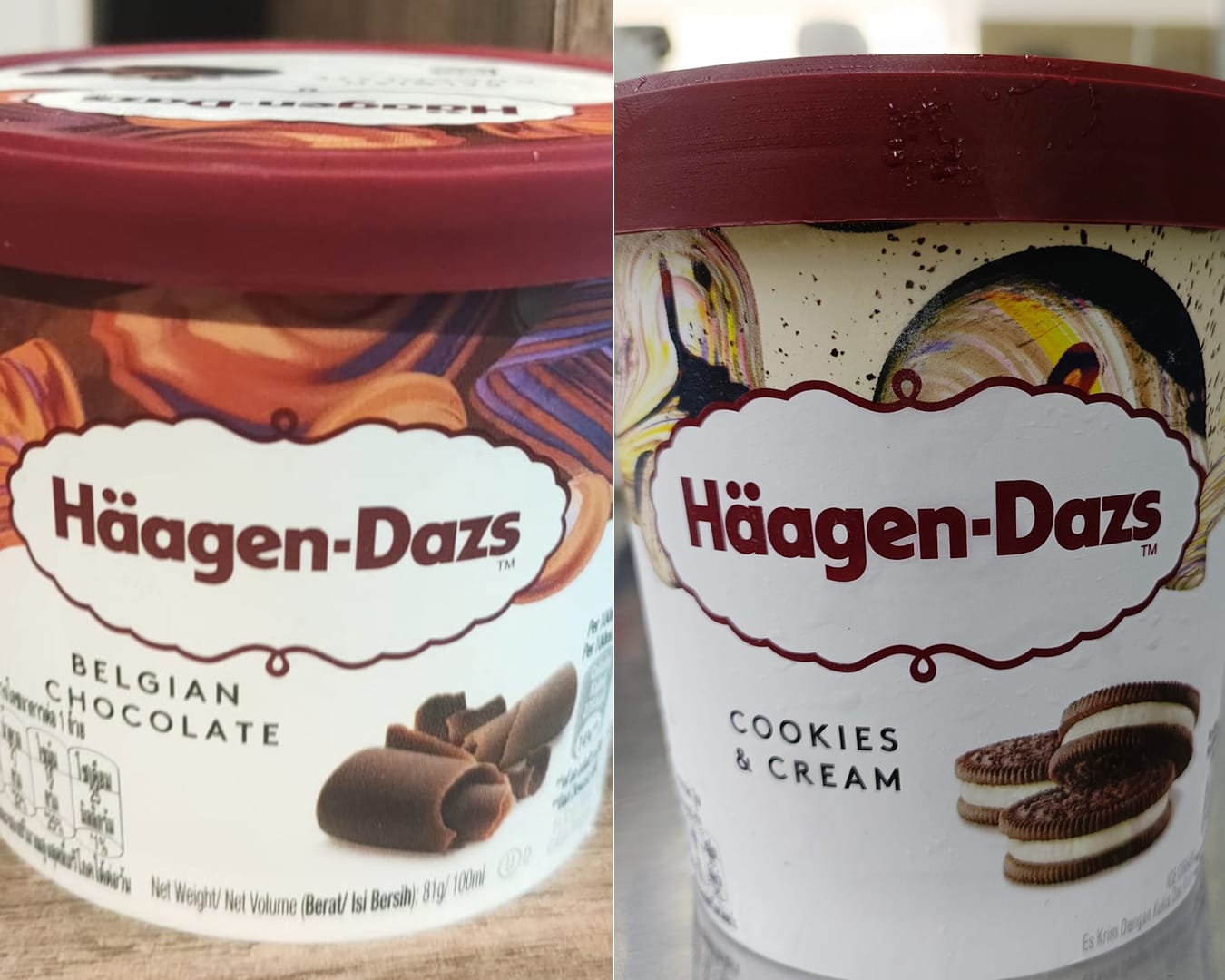Causes of Ice Cream Recalls: Ice Cream Recalled

Ice cream, a beloved treat enjoyed by people of all ages, can sometimes be the subject of recalls due to safety concerns. These recalls are put in place to protect consumers from potential health risks associated with contaminated or adulterated ice cream products. Understanding the reasons behind these recalls is crucial for both manufacturers and consumers to ensure the safety and quality of this popular dessert.
Common Causes of Ice Cream Recalls
Recalls are issued when there is a reasonable probability that a food product may cause serious adverse health consequences. In the case of ice cream, several factors can contribute to the need for a recall.
- Presence of Undeclared Allergens: One of the most common reasons for ice cream recalls is the presence of undeclared allergens. This can occur due to accidental cross-contamination during the manufacturing process, such as when equipment used to process an allergen-containing product is not thoroughly cleaned before handling allergen-free ice cream. For instance, a batch of ice cream might be recalled if it contains undeclared peanuts, which can be a severe allergen for some individuals.
- Bacterial Contamination: Ice cream can become contaminated with harmful bacteria like *Listeria monocytogenes*, *Salmonella*, or *E. coli* during production, storage, or distribution. These bacteria can cause serious illnesses, including food poisoning, in susceptible individuals. Inadequate hygiene practices, improper temperature control, or contaminated ingredients can all contribute to bacterial contamination. For example, in 2019, a major ice cream brand recalled several products due to potential *Listeria* contamination, highlighting the importance of strict hygiene protocols throughout the production chain.
- Presence of Foreign Objects: Another reason for recalls is the presence of foreign objects in the ice cream. These objects can include pieces of metal, plastic, or other materials that may have accidentally fallen into the product during production or packaging. Such contamination can pose a choking hazard or cause injury to consumers. For instance, a recall might be issued if a batch of ice cream is found to contain small pieces of metal from a broken piece of equipment.
Role of Food Safety Regulations
Food safety regulations play a critical role in preventing ice cream recalls by establishing standards for manufacturing, handling, and distribution. These regulations cover various aspects, including:
- Good Manufacturing Practices (GMPs): GMPs are a set of guidelines that dictate the proper procedures for manufacturing, packaging, and labeling food products. They aim to minimize the risk of contamination and ensure product quality. GMPs for ice cream production cover aspects like hygiene practices, equipment sanitation, and ingredient control.
- Hazard Analysis and Critical Control Points (HACCP): HACCP is a system that identifies and controls potential food safety hazards throughout the production process. It involves identifying critical control points (CCPs), which are points in the process where hazards can be prevented or eliminated. For instance, a CCP in ice cream production might be the pasteurization process, which is designed to kill harmful bacteria.
- Allergen Labeling Requirements: Food safety regulations mandate clear and accurate labeling of food products, including the declaration of any allergens present. This information allows consumers to make informed choices about the products they consume, especially those with food allergies.
Types of Contaminants
Contaminants in ice cream can be broadly classified into two categories: biological and physical.
- Biological Contaminants: These contaminants are living organisms, such as bacteria, viruses, parasites, and molds. They can enter the ice cream during production, handling, or storage. Bacteria are a common concern, as they can cause food poisoning and other illnesses. For example, *Salmonella* contamination can lead to severe gastrointestinal symptoms.
- Physical Contaminants: These contaminants are non-living objects that can find their way into ice cream, such as pieces of metal, plastic, glass, or insects. They can pose a choking hazard or cause injury to consumers. Physical contaminants can enter the product during manufacturing, packaging, or transportation. For instance, a recall might be issued if a batch of ice cream is found to contain small pieces of metal from a broken piece of equipment.
Consumer Response to Ice Cream Recalls

Ice cream recalls can have a significant impact on consumer behavior, especially in a market where trust and brand loyalty are paramount. The way consumers react to a recall can vary depending on several factors, including the severity of the recall, the brand’s reputation, and the effectiveness of the company’s response.
Impact of Social Media
Social media platforms play a crucial role in disseminating information about ice cream recalls. The rapid spread of news, often fueled by user-generated content, can quickly escalate the situation. A single tweet or Facebook post can reach thousands of users within minutes, potentially leading to widespread panic and a drop in sales.
Social media can amplify the impact of an ice cream recall, creating a snowball effect that can be difficult to control.
- Increased Awareness: Social media platforms allow consumers to quickly share information about recalls, raising awareness among a broader audience.
- Rapid Spread of Misinformation: The speed of information dissemination on social media can lead to the spread of misinformation, which can be detrimental to both the company and consumers.
- Public Pressure: Social media can create public pressure on companies to respond quickly and transparently to recalls, forcing them to address consumer concerns promptly.
Regaining Consumer Trust, Ice cream recalled
After a recall, companies need to take proactive steps to rebuild consumer trust. This involves being transparent, taking immediate action to address the issue, and demonstrating a commitment to product safety.
- Transparency: Open communication with consumers is crucial. Companies should clearly explain the nature of the recall, the potential risks, and the steps they are taking to rectify the situation.
- Proactive Action: Companies need to take swift action to remove affected products from the market and prevent further distribution. This demonstrates a commitment to consumer safety.
- Customer Support: Providing excellent customer support during a recall is essential. This could involve offering refunds, replacements, or other forms of compensation to affected consumers.
- Long-Term Strategies: Companies should develop long-term strategies to improve product safety and prevent future recalls. This could involve implementing new quality control measures or investing in advanced testing technologies.
Ice cream recalled – The recent ice cream recall highlights the importance of understanding the ingredients in our food. While the recall itself may be due to a specific manufacturing issue, it also serves as a reminder of potential health concerns. For example, the sweetener erythritol, often found in ice cream and other processed foods, has been linked to erythritol blood clots , a serious health risk.
While more research is needed, this connection underscores the importance of being mindful of what we consume and seeking alternatives to processed foods when possible. This incident serves as a timely reminder to read labels carefully and prioritize whole, unprocessed foods for a healthier lifestyle.
The recent ice cream recall, stemming from a potential contamination with a rare bacteria, highlights the importance of food safety protocols. The situation reminds us of the delicate balance of global trade and its interconnectedness, much like the complex history of Iran and Israel , where political and economic tensions can have ripple effects across the world.
While the ice cream recall is a local issue, it underscores the need for vigilance and cooperation to ensure the safety of food supplies across borders.